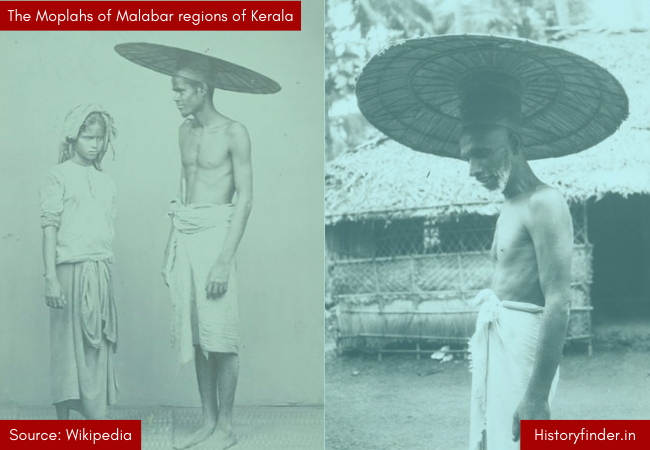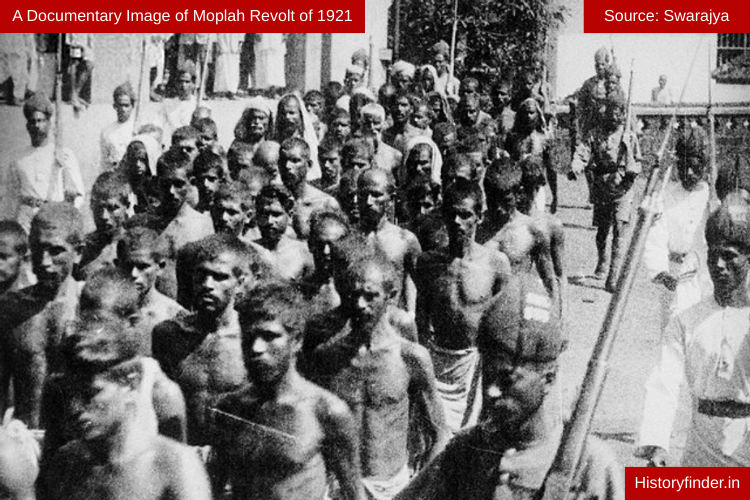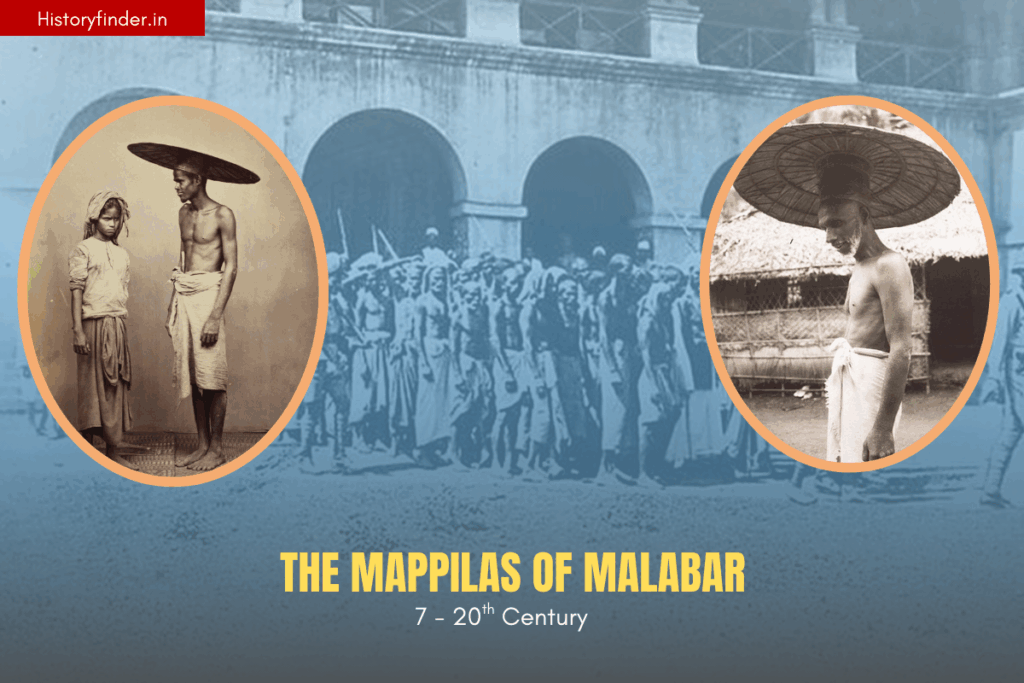Kerala had been a major producer of spices like ginger, cardamom, cinnamon and pepper since 3000 BCE. More specifically, the states has kept fulfilling almost 70% of global spiace demand for centuries. So, Malabar cost, the coastal region of Kerala had been the heart of foreign trades from Kerala. The Mappilas (or Moplahs) of the Malabar Coast, a local Muslim community, had deep association with spice trades of Kerala. Moplah Muslim population were densely spread acorss Kozhikode, Malappuram, Kannur, and Kasaragod, the northern districts of Kerala.
The word ‘Mappila’ was derived from the Malayalam phrase ‘maha pilla’ which means ‘respected son-in-law’. But why the people of Malabar called newly migrated Arabs as Mappilas is not quite certain. Yes, they started marrying local girls to settle permanently at Malabar. Perhaps the local people used the term to denote their special, foreigner son-in-laws.
The Mappilas mostly used the ports of Kozhikode, Kannur, Ponnani, and Beypore for spice trades. While the maritime spice route would connect to Europe, middle-east Asia and Africa. But during 16th century, arrival of the European colonial powers to India started destroying their trade monopoly. This inflicted several colonial encounters and later turned socio-religious movements in South India.
Origin of the Mappilas of Malabar
The root of the Mappilas of Malabar traces back to the Arab countries. Trade relations between India and Arab countries date back to 3000 BCE, especially the spice trades. During 7th century, Arab traders started migrating to Kerala influenced by flourishing spice trades. Now, whether the Arabs had migrated before that or not is not quite certain, rather, not traceable. Nevertheless, the footprints of the Mappilas at Malabar are treaceable since 7th century, shortly after the advent of Islam.
Settlement of the Mappilas at Kerala
The flourishing trade opportunity propelled the Arab traders to settle permanently at the coastal region of Malabar. They married local women to settle, and over time, their descendants got a special community status as the Mappila or Moplah Muslims. Understandably, the settlement of Mappilas developed a unique cultural blend between Islamic practices with local Malayali traditions. Some of them are still noticeable. Arabi-Malayalam, the language of the Mappila Muslims, uses Malayalam for speaking but Arabic script for writing.
Economical and Social Contribution
Until 15th century, the Mappilas had major contributions socio-economical prosperity of Malabar region. Moplah Muslims of Kerala were the renowned, rich spice merchants. During medieval era, they gained maasive influence under local rulers. Zamorin, the ruler of Calicut (now Kohzikode) was certainly one of them. The Mappilas also had introduced Sufi culture in Kerala. As a result, Malayalam literature also thrived, particularly through Sufi literature.

Colonial Period and Resistance
Things were in peak for the Moplah Muslims in Malabar and Kerala until 15th cebtury. Then, with the arrival of the Portuguese at Malabar coast, destiny the Mappilas changed drastically. All of a sudden, centuries old trade monopoly of the Mappilas came under massive threat. With Zamorin’s support, the Mappilas treated the Portuguese with hostility. This led to several violent conflicts and Mappila and Portuguese merchants. Professional Protuguese rose in strength quickly th support from neighbouring states like the kingdoms of Cochin and Cannanore. The mere ordinary Mappila fleets were nowhere near the Portuguese naval fleets in direct confrontations. 15 years long conflicts between the Zamorin and Portuguese eventually brought heavy decline of the Mappilas at Malabar coast. A large number of them left the city, rest survived somehow suffering large losses in wealth, resources and trading authority.
During British colonial rule, the Malabar region came under the Madras Presidency. The surviving Mappilas were largely turned into poor tenants under Hindu landlords.
Moplah Rebellions (1790–1921 CE)
Multiple unrests occurred from the Mappilas between 1790 and 1921 CE. Agrarian discontent, religious encouragement, and resistance to British colonial policies were the major reasons behing these Mappila rebellions. The Mappila Rebellion of 1921 CE, also called the Malabar Rebellion, was the largest Mappila movement in Indian history.

The Moplah Rebellion, also known as the Malabar Rebellion, began on August 20, 1921, in Tirurangadi, South Malabar, Kerala. It was a peasant movement initially, against the British colonial policies and Hindu landlords. Of course the rebellion of the Mappilas were influeneced the ongoing Khilafat movement (1919 – 1924 CE). But unfortunately, it soon escalated into a mere communal conflict. The British suppressed the unrest in extremely brutal manner.
Status of the Mappilas of Malabar Post-Independence
After independence of india in 1947, the land reforms in Kerala improved the status of the Moplahs. The Moplahs of Malabar made significant progress in various fields including education, business, and politics. Several Mappilas have emerged as influential writers, entrepreneurs and politicians. The Mappilas of Malabar remained strong with their cultural identities. Mappila Paattu refers to a traditional Moplah folk songs very popular in the Malabar region. Alongside, Moplah foods and festivals still remain a significant part of Indian cultures.
Summary
The Moplahs migrated at the Malabar Coast of Kerala during 7th century CE, via the maritime trade relations with Arab countries. Until 16th century CE, the community was recognized in the country as extreley rich and influenetial. But after the rise of Portuguese in the region, the status of the Moplahs declined drastically. The British colonial era had been the toughest period of survival for the Mappilas at Malabar region. They fought their fights of survival for centuries, especially during Portuguese and British era. However, after Freedom of India, the Moplahs got back their old status to some extent. Despite their very long and larges struggles, the Mappilas has always made significant contributions to Kerala’s social, cultural, and economic life.
